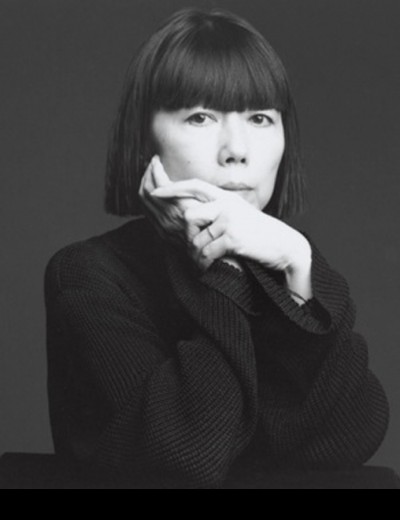
Rei Kawakubo
About
Rei Kawakubo is a Japanese fashion designer, founder of Comme des Garçons.
She is untrained as a fashion designer, but studied fine arts and literature at Tokyo's prestigious Keio University. After graduation, Kawakubo worked in a textile company and began working as a freelance stylist in 1967.
In 1973, she established her own company, Comme des Garçons Co. Ltd in Tokyo and opened up her first boutique in Tokyo in 1975. Starting out with women's clothes, Kawakubo added a men's line in 1978. Three years later, she started presenting her fashion lines in Paris each season, opening up a boutique in Paris in 1982.
Rei likes to have input in all the various aspects of her business, rather than just focussing on clothes and accessories. She is greatly involved in graphic design, advertising and shop interiors believing that all these things are a part of one vision and are inextricably linked. Her Aoyama, Tokyo store is known for its sloping glass facade decorated with blue dots. This was designed in collaboration between Rei and architect Future Systems and interior designer Takao Kawasaki. Rei published her own bi-annual magazine, 'Six' (standing for 'sixth sense'), in the early 1990s. It featured very little text and consisted mainly for photographs and images that she deemed inspiring. In 1996 Rei was guest editor of the high art publication Visionaire.
Rei is known to be quite reclusive and media shy, preferring her innovative creations to speak for themselves. Her designs have inspired many other late designers like the Belgian Martin Margiela and Ann Demeulemeester, as well as Austrian designer Helmut Lang.
Junya Watanabe, Kawakubo's former apprentice, started his own line in the early 1990s and has attained much attention in the fashion business in his own right.
Kawakubo is a member of the Chambre Syndicale du Pret-a-Porter.
Kawakubo created the 2008 autumn "guest designer" collection at H&M, designing men's and women's clothing along with some children's and a unisex perfume.
The Look
Comme des Garçons specialises in anti-fashion, austere, sometimes deconstructed garments. During the 1980s, her garments were primarily in black, dark grey or white. The materials were often draped around the body and featured frayed, unfinished edges along with holes and a general asymmetrical shape. Challenging the established notions of beauty she created an uproar at her debut Paris fashion show where journalists labeled her clothes 'Hiroshima chic' amongst other things. Since the late 1980s her colour palette has grown somewhat.
Who Wears It
Katie Holmes, Debbie Harry, Ashley Olsen